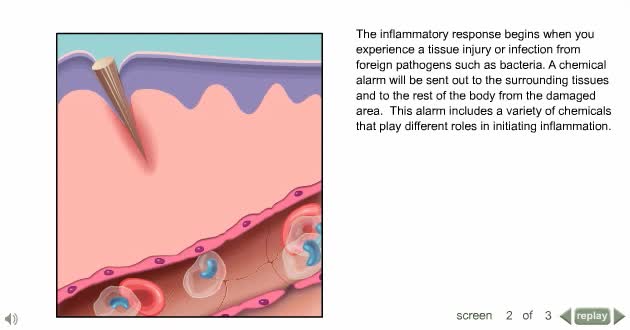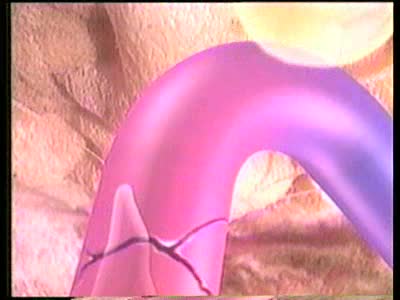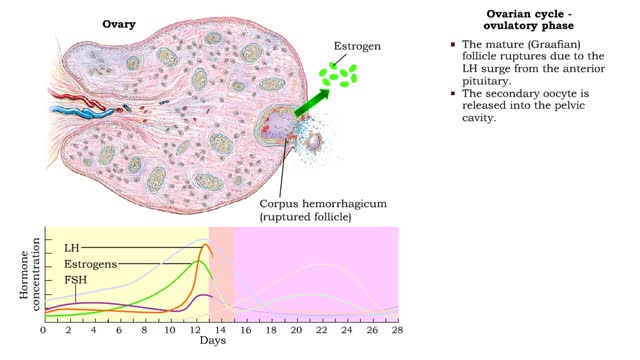Primary and secondary response to infection
By: HWC
Date Uploaded: 11/22/2019
Tags: homeworkclinic.com Homework Clinic HWC Primary response to infection Pathogens cytolysis phagocytosis antibodies Secondary response to infection
• Pathogens enter the body by penetrating the non-specific barriers in the skin and mucus membranes. • Pathogens first encounter macrophages and natural killer cells that carry out phagocytosis and cytolysis respectively. • A pathogen's first encounter with the immune system can promote: • Fever. ▪ Inflammation. ▪ More phagocytosis. ▪ More cytolysis. • A pathogen may cause an infection that battles non-specific mechanisms for a few days or more. • Immune cells (B and T cells) exposed to the antigens initiate the mechanisms of specific resistance: • B cells produce antibodies. • T cells secrete chemicals to lyse the infected cell. • Activated complement proteins enhance phagocytosis, lysis of cells, and inflammation. • Initial specific resistance results in an increase of the number of available antigens, triggering the proliferation of B and T cells. • Number of antibodies increases exponentially. • Specific response eventually overcomes infection. • Specific resistance remembers antigens that have previously triggered the immune system (immunological memory). • Levels of antibodies and lymphocytes, prior to the first exposure, are low. • First exposure triggers primary immune response and produces long-lasting antibodies and memory B and T cells. • Presence of memory cells produces a secondary response that is much faster and more effective. • Immunological memory is the basis for immunization vaccinations.
Add To
You must login to add videos to your playlists.
Advertisement












Comments
0 Comments total
Sign In to post comments.
No comments have been posted for this video yet.